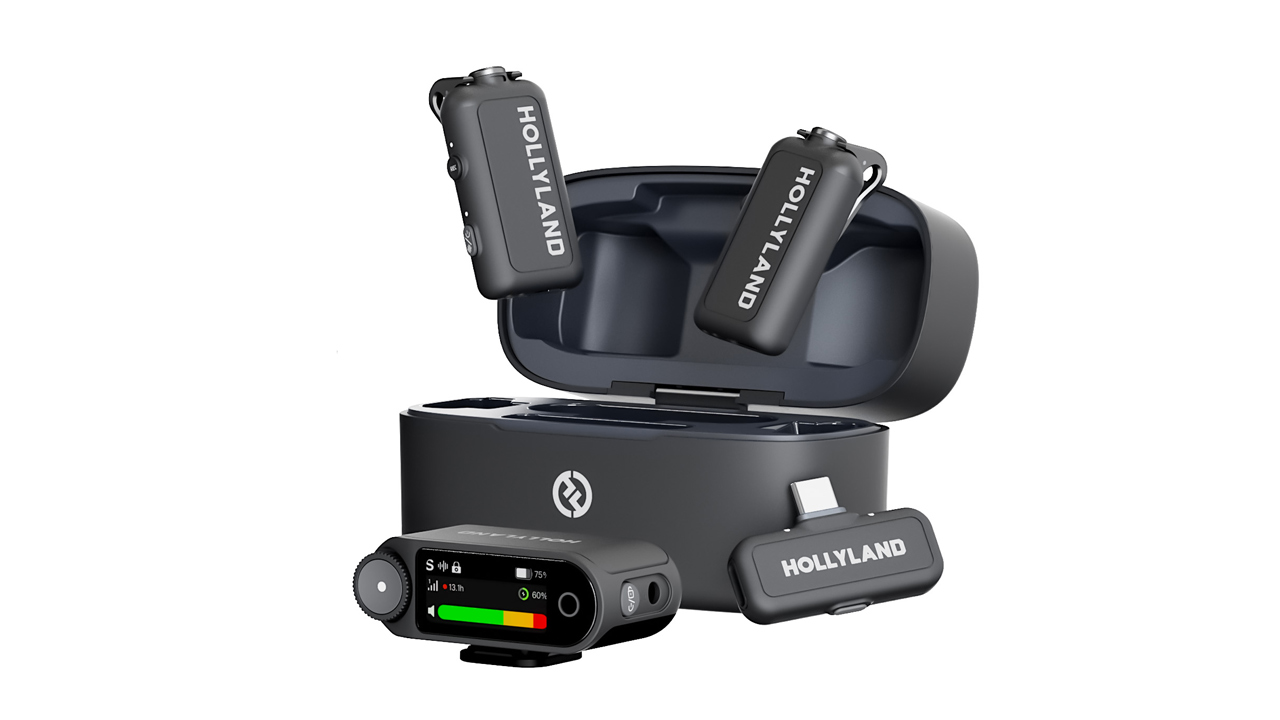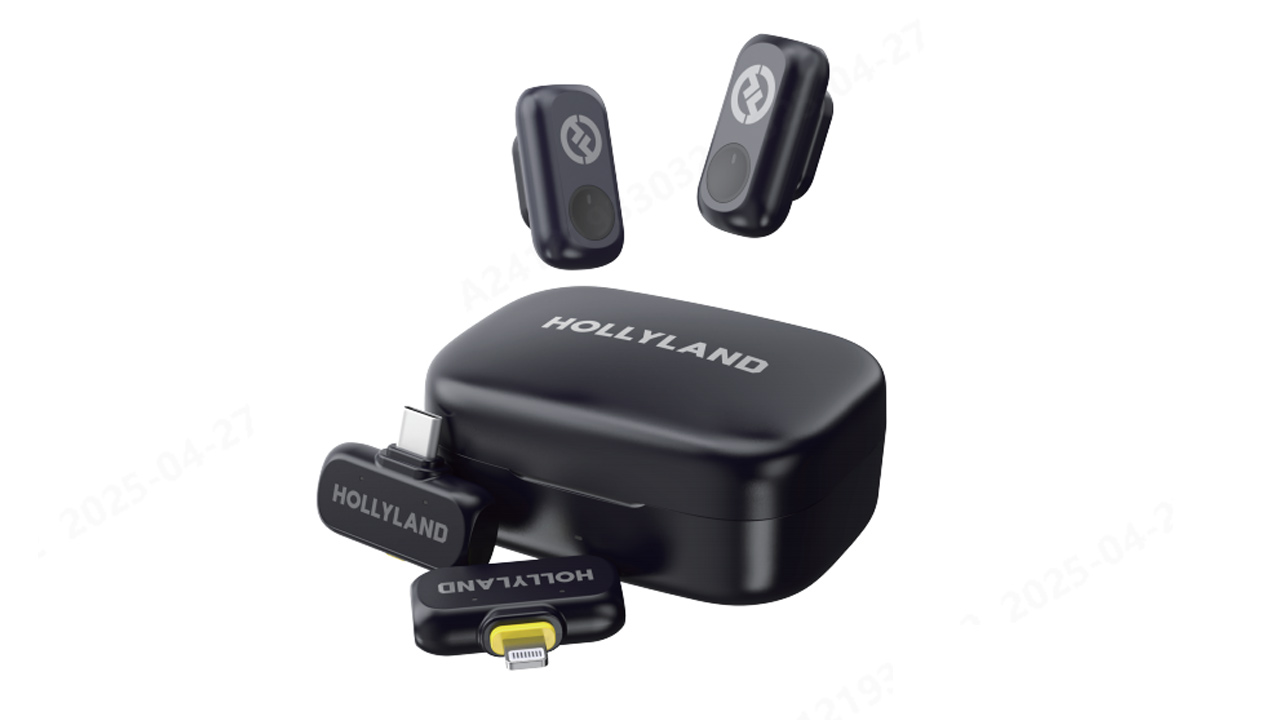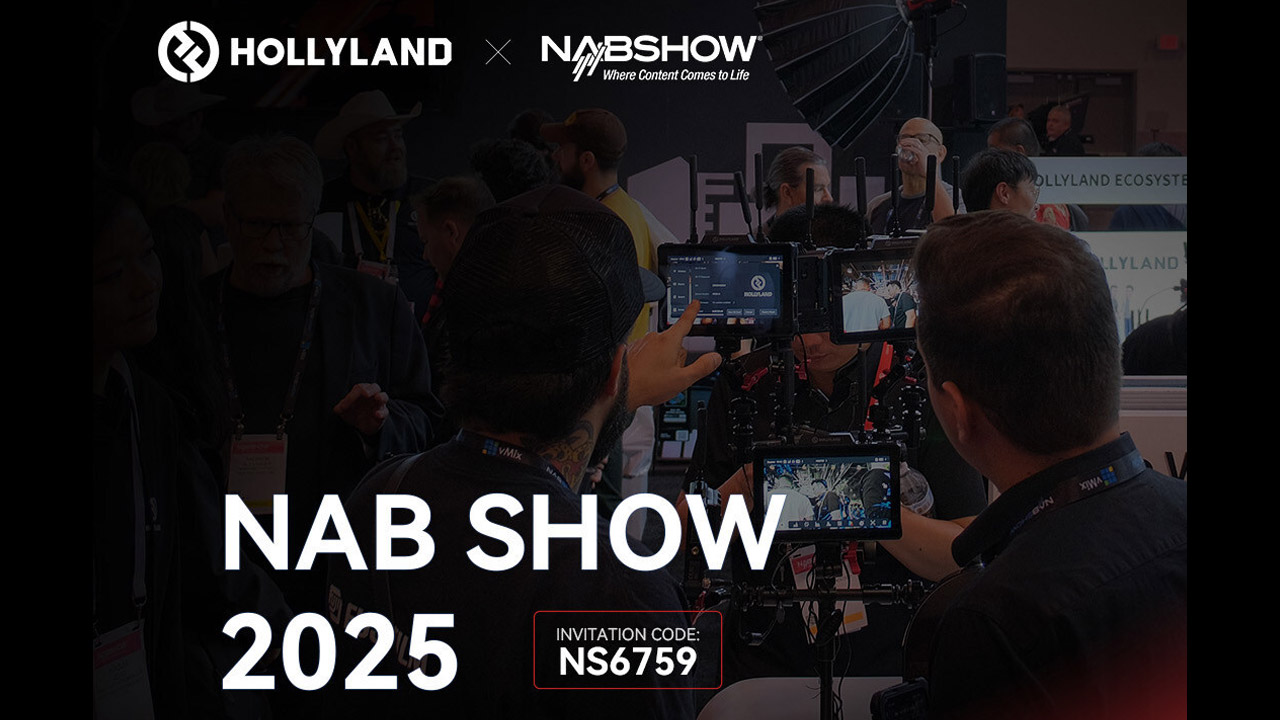
- Introduction
- Versatile configuration
- Is 4K transmission really possible?
- After the test, put it into practice…
- summary
Introduction
At many sites, it can be said that there is an inescapable fate… that is a transmission cable. To a greater or lesser extent, at live broadcast sites, depending on the number of cameras, countless cables tend to crawl on the floor.
I wonder if there were many people who suddenly thought this when they were doing the evacuation work while whipping their exhausted bodies after the performance. “Cable, I don’t want to wind it anymore…”.
I don’t know if it’s going to put an end to those painful cries, but a new piece of equipment that might bring some light has been announced. Hollyland’s “Mars 4K”.
Hollyland is an electronics manufacturer in Shenzhen, China, established around 2013. We specialize in wireless data, transmission solutions, and intercom products, and conduct total development, production, and sales. The Mars series of inexpensive and high-quality video transmission systems and the Solidcom series of wireless intercoms have become a hot topic in recent years, and the company has become famous in recent years.
Such Hollyland announced the new product “Mars 4K” at the international broadcasting equipment exhibition “IBC 2022” held in September this year. Until then, the Mars series was limited to a maximum resolution of 1080P 60fps, but this unit made it possible to transmit up to an amazing 4K 30fps, surpassing that.
Hats off to Hollyland for putting out such a product worth about 100,000 yen.
Versatile configuration
The Mars 4K is available as a set with a transmitter and receiver and as a separate type, with the red 4K mark being the transmitter and the blue one being the receiver.

Power supply can be selected from 3 types: DC, USB-C power supply, NP-F battery (NP-F970 battery can operate for 4-5 hours).

There are two input/output terminals, HDMI and 3G-SDI (4K 30P input/output is HDMI only. Only SDI input supports drop frame (DF)).
The side features a power switch, joystick button, and a small LED screen. Although the technical compliance certification information is not indicated on this unit, it can be checked on a smartphone or tablet by connecting to the dedicated application “HollyView”. It is also possible to monitor on “HollyView”.

When you turn on the power switch on the side, the familiar Hollyland logo appears on the small LED screen.
Press and hold the joystick button on the receiver side to display the menu screen. When you open the item called CH-Scan, you can see the status of selectable channels 1 to 8 (numbers circled in green are channels with no interference, and numbers in red channel).

Confirm the channel number without interference, return to the first screen, and set both the transmitter and receiver to the same channel number. Press “Pairing” from the “Setting” item on the menu screen at the same time on the transmitter and receiver, and after a while the link is completed.
According to the manufacturer’s announcement, the data rate corresponds to 8 Mbps to 20 Mbps, and the default is 12 Mbps. The LOS range (range of straight line distance in which transmission and reception are possible) is 150m (when there are no obstacles).
Is 4K transmission really possible?
So far, I have written about equipment information, but is 4K transmission really possible? Half in doubt, I decided to do a test.

Transmitter side

Connect the camera and transmitter with the HDMI output setting set to 4K30P, and connect the receiver to ATOMOS NINJAV. I recorded the transmission from the camera with NINIJA V.
Hollyland Mars4K 4K 30P test
A 4K 30P movie was properly recorded, and a clean image without noise was sent to NINJA V.
There is some noise around 48 seconds, but this was caused when moving from the first floor space where we were filming to the second floor. It was found that stable video transmission can be performed without interruption even if there are some walls on the same floor in the basic room.
After the test, put it into practice…
The test is also all right, so I decided to put it into practice. I brought Mars 4K to the monthly regular music live program that our company is in charge of, which was introduced in a previous article.

Synchronization of video and sound (lip sync and performance) is important in music programs, so when wireless transmission with delay is performed, the sound side often adds a delay for the delay.
However, this time, I heard that there was a performance part in which the performers danced to the performance instead of singing.
“DJI Ronin-SC” is equipped with Sony “FX3” and the transmitter is connected via HDMI. Since this is an event with an audience, we expected some crosstalk, so we installed the receiver near the front of the stage, which is within the working range of the gimbal, rather than on the side of the operating table behind the audience. I pulled an SDI cable from there and connected it to the switcher side at the back.

Once the Mars 4K is turned off, it takes time to pair, so the transmitter itself was powered by USB-C during standby to prevent battery consumption (the receiver side is powered by DC power).

During the rehearsal, test all the behaviors, and then the real thing. Although there was some delay, I was able to watch the program without any discomfort. There were no flashy noises or interruptions during transmission, and high-quality video was sent to the switcher side.
There were comments from viewers who were pleased with the gimbal-based camera work, and the reaction of the viewers was also good.
Summary
I think the Mars 4K is one of the top wireless transmission devices in this price range. Until a little while ago, even 1080P60fps was a voice of admiration, but now we are stepping into the realm of 4K, which far exceeds our expectations. Support for 4K60fps will also be a matter of time.
In addition, HOLLYLAND will release the transmission type high brightness monitor “Mars M1” in late September. A wireless monitor that integrates transmitter, receiver, and monitor functions into one, and supports 4K30P input/output (HDMI) like Mars 4K. Combination with this machine is of course possible. I would like to review “Mars M1” if I have the opportunity.
This time it was only used indoors, but “Mars 4K” is of course also compatible with outdoors. I wanted to test the LOS range in the square, but due to various reasons, I gave up. I want to get revenge at another site someday.
In the future, wireless transmission equipment will continue to evolve, and a completely wireless shooting site may no longer be a dream. With that hope in my heart, I will continue to work hard winding cables today and tomorrow.
Yoshiaki Ebina | Profile
CEO of Asakaya Digital Port.
He is in charge of a wide range of video production, from corporate VPs to politician-related videos, location DVDs, MVs, and event movies. Since 2019, he has been operating a distribution studio, Asakaya Kanamecho Studio. He is in charge of technical cooperation for distribution projects such as talk shows, live music programs, events and webinars. His hobby is film photography (8mm, 16mm, etc. from still).
Cooperation program: Nico Nico Channel “Ken Washizaki’s acoustic guitar FUN! Club”










